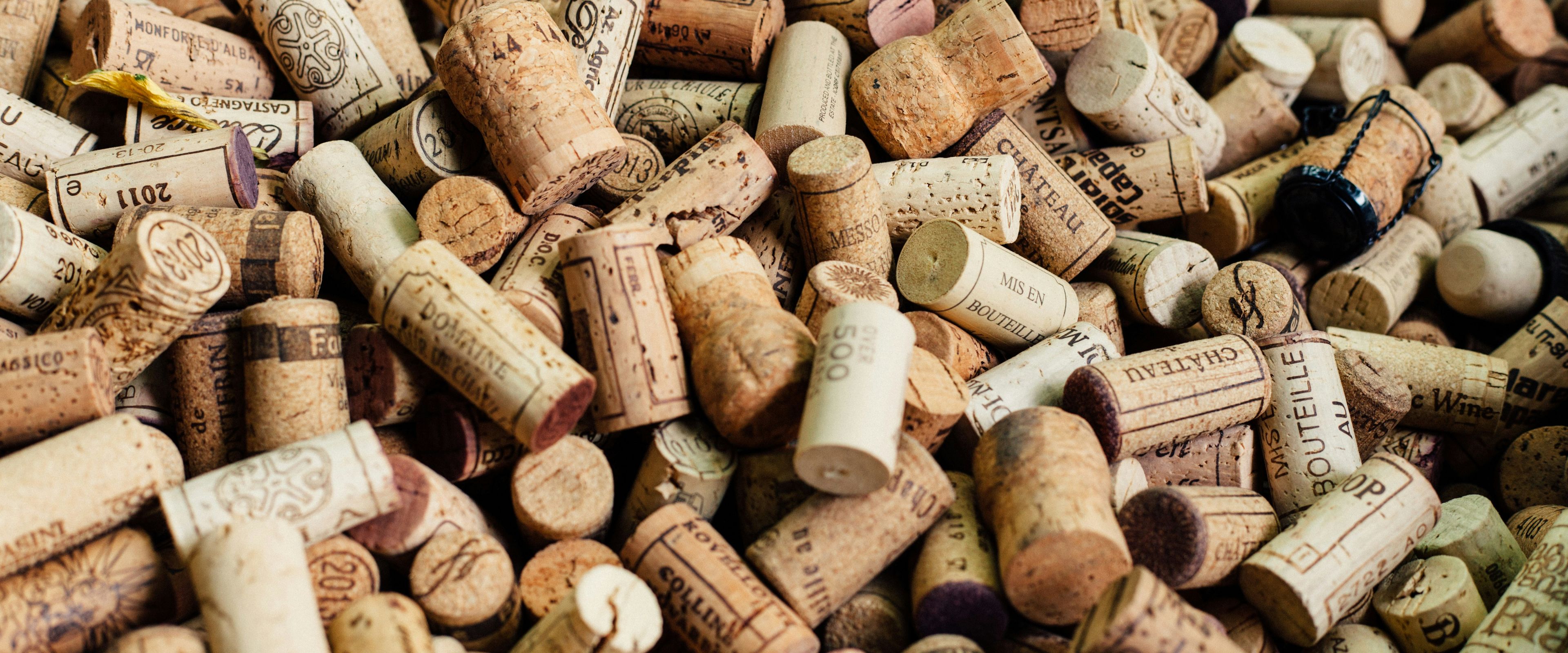
Guides
The ultimate guide to proper wine storage

Wine storage
The correct and optimal storage of wine can be summarized in five points. They may not all be easy to meet, but you will experience a huge difference if you make an effort to store your wine in the right way—especially if it is to be kept for a long time.
Outstanding taste experiences await the patient when a correctly stored wine is poured into the glass. Besides the taste experience itself, there is also the delightful feeling of barely concealed pride and joy when you can open that bottle from your child’s birth year that you've saved for the confirmation, celebration of a good exam, wedding, or perhaps even your child's silver wedding anniversary. The latter will probably require a carefully selected port wine, and that your child was born in a successful port wine year.
It is indeed possible to share such unique experiences with those around you. Fundamentally, storing wine is not very complicated. It's basically about peace and quiet.
1. Good wine storage requires calm surroundings
Alpha and omega in terms of storing wine and wine storage is stability and peace. Conversely, the worst place in the home to store your wine is in the kitchen above the cabinets, where heat from cooking and the refrigerator rises up, and where vibrations from cabinets opening and closing can disturb the wine. Most kitchen designers have learned this by now.
In general, it is important in wine storage that there is a minimum of vibrations – so if you live next to a railway or on a houseboat, it might be worth considering whether your wine collection for long-term storage should live somewhere else.
2. Your wine needs the right temperature
The temperature for most wines is optimal around 12-16°C. At high temperatures, your wine develops faster and vice versa at low temperatures. Minus 10°C and plus 35°C are the outer, extreme limits where the wine is damaged by prolonged storage.
There are wine cabinets where you can store your wine in two temperature zones. It is nice if you use your wine cabinet to serve wine directly from. In this way, your white wines, bubbles, or rosés on the upper shelves are always perfectly tempered to about 7°C when you need them, while the rest of your wine is comfortably at 15°C in the lower part.
3. Storage of wine at the right humidity
High humidity is good, and it is ideally around 65-75%. If it becomes too dry, the corks may dry out, allowing air to enter the bottle and spoil the wine. The only immediate downside of too high humidity is that the labels may become unsightly and thus hard to sell. A good little tip is to spray a layer of hair spray over the label to protect it.
The annual average for humidity in Denmark, according to DMI, is 77-85%, so there is basically not much to worry about unless you place your wine or wine cooler in an unusually dry environment due to heating or similar. If you want to be absolutely sure to control the humidity precisely, there are wine coolers with this feature.



4. Wine should be stored cold, dark, and stable
The very best conditions between cold and dark, when it comes to wine, are roughly equivalent to the climate in a cave under a mountain. These are thus quite rare, but less can fortunately also do. Moreover, wine is more hardy than we tend to think. So take it easy – it will be fine.
If you have access to a room or even a cellar, you are among the lucky ones who can set up a real wine cellar with wine racks and everything. Alternatively, you can consider getting a wine fridge, which gives you the perfect storage conditions in a few square meters. They come in many sizes and price ranges, and common for them is that you can store your wine at a stable temperature in your apartment on the fifth floor if need be.
Your wine bottles are best kept in the dark, so it is often a good idea to let the bottles lie in packaging such as gift boxes, cardboard, or wooden boxes to protect against light.
5. There must be good ventilation
And now, since we're talking about air – wine's biggest enemy is the oxygen in the air. If the cork dries out and does not seal tightly, you risk the oxygen penetrating the wine and breaking it down. Therefore, bottles are laid down for long-term storage. Bottles with screw caps can be stored in any position.
A bonus tip for wine enthusiasts; There are theories about whether storing wine should happen in a slightly upward sloping position, so both the wine and the air bubble are in contact with the cork. The cork will still be moist, but the air, which will expand and contract with temperature fluctuations, can escape through the cork without problems.
If the bottle lies completely horizontal, the air bubble will be too far from the cork, and thus it will be the wine that escapes instead.
Examples are seen from dessert wines with sugared stuff around the capsule.
Bjarne, specialist